
As Rohingya Muslim refugees continue to stream toward Bangladesh, fleeing persecution in Myanmar, tens of thousands of people have now been uprooted in the face of the latest wave of what the U.N. High Commissioner for Human Rights has called ethnic cleansing by the forces of the Buddhist-majority nation. The shocking images and stories that have emerged from the crisis have drawn international attention to Myanmar, and to its leader Aung San Suu Kyi, who was formerly hailed as a human rights champion.
The current crisis is unfolding seven decades after Myanmar gained its independence, a period during which the nation has been regularly swept by ethnic and religious strife.
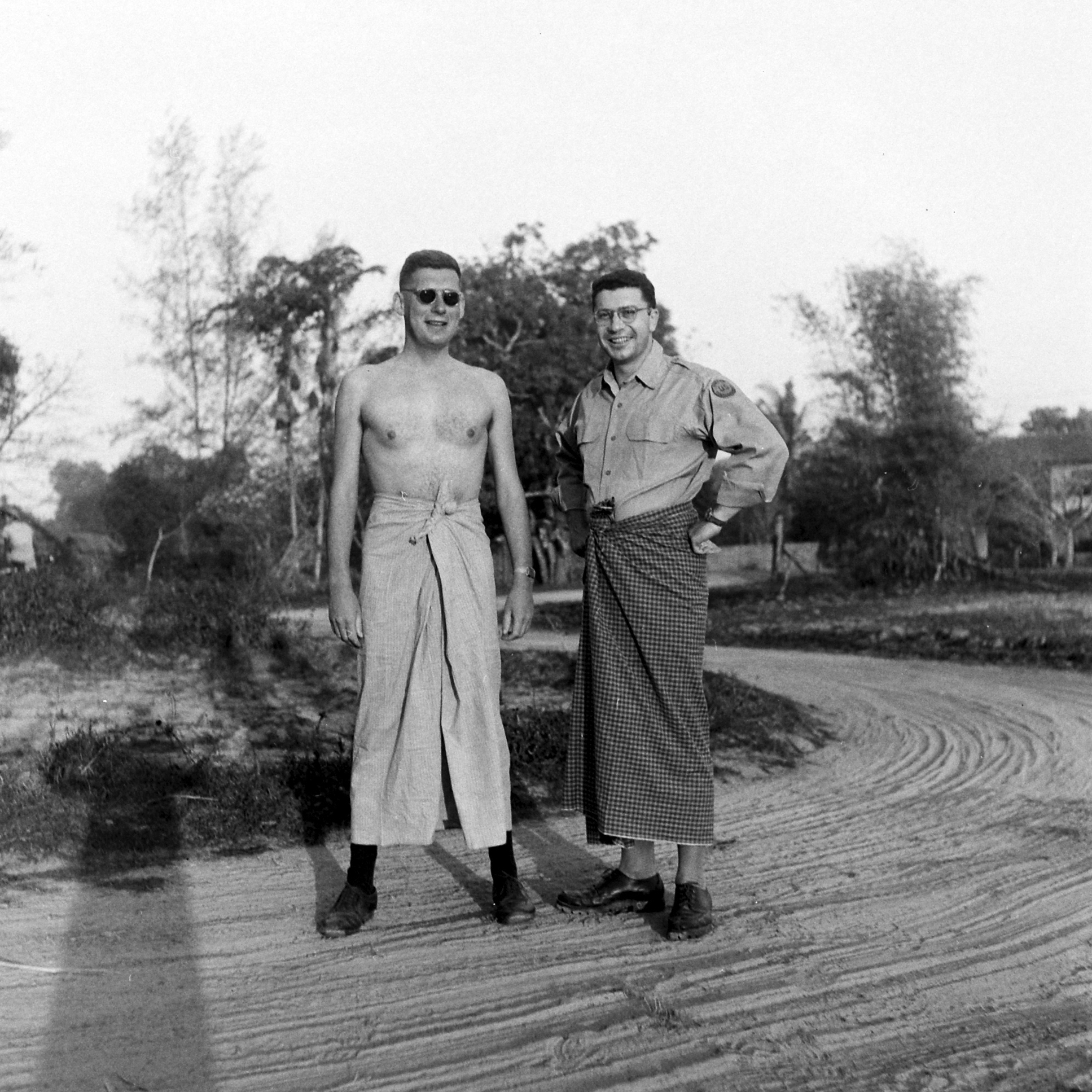
It was in 1949 that LIFE Magazine sent photographer Jack Birns and correspondent Roy Rowan to the nation, then known as Burma (as it was until the late 1980s), to document one such conflict. Some of the images from that story, as well as photographs from the trip that were never published by the magazine, can be seen in the gallery above.
After Japan and the U.K., of which Burma had been a colony, fought over the territory during World War II, the founders of an independent Burma rejected a place in the British Commonwealth and became their own nation early in 1948, its many factions unified largely by the Buddhist religion. But 33-year-old leader Aung San — father of Aung San Suu Kyi — was assassinated, along with many of his advisors, in July of 1947, prior to independence. That violence was perhaps a harbinger of what was to come next, what LIFE called simply “the turmoil of Burma.”
A new round of violence began in the late 1940s, at least as LIFE presented it to American readers in 1949, as “one more Communist uprising in Asia.” But as civil war broke out, a group from the Karen minority — Baptists by religion, thanks to the work of American missionaries — entered the fray. Both the Communists and the Karens opposed the new largely Buddhist regime. The uprising by the Karens would be the start of a conflict that continued, in one form or another, for decades.
“All this violence is racking a country which by logical standards should be the most content in Asia,” LIFE noted. “Its 17 million people are neither overcrowded nor underfed. Its rice surpluses are normally the largest in Asia, and India must buy Burmese rice to avoid famine. In an Asia straining against old colonial ties Burma is exceptional. After the U.S. in 1776, Burma in 1947 became the first colony to gain full independence of Great Britain.”
A coup in 1962 put the nation under a long run of military control (the free elections held there in 2015 were the first in decades) but the Karen conflict continued steadily, if less explosively, throughout. Two years ago, Myanmar’s leaders signed a cease-fire designed to end conflict with many of the nation’s ethnic minority groups — including the Karen, in what was billed as one of the most significant victories for the negotiators. At the time, the chairman of the Karen National Union called the cease-fire “a new page in history” for the group and the government of Myanmar. And yet, in the years since, for the Karens and for others, it has become painfully clear that the “turmoil of Burma” continues nonetheless.

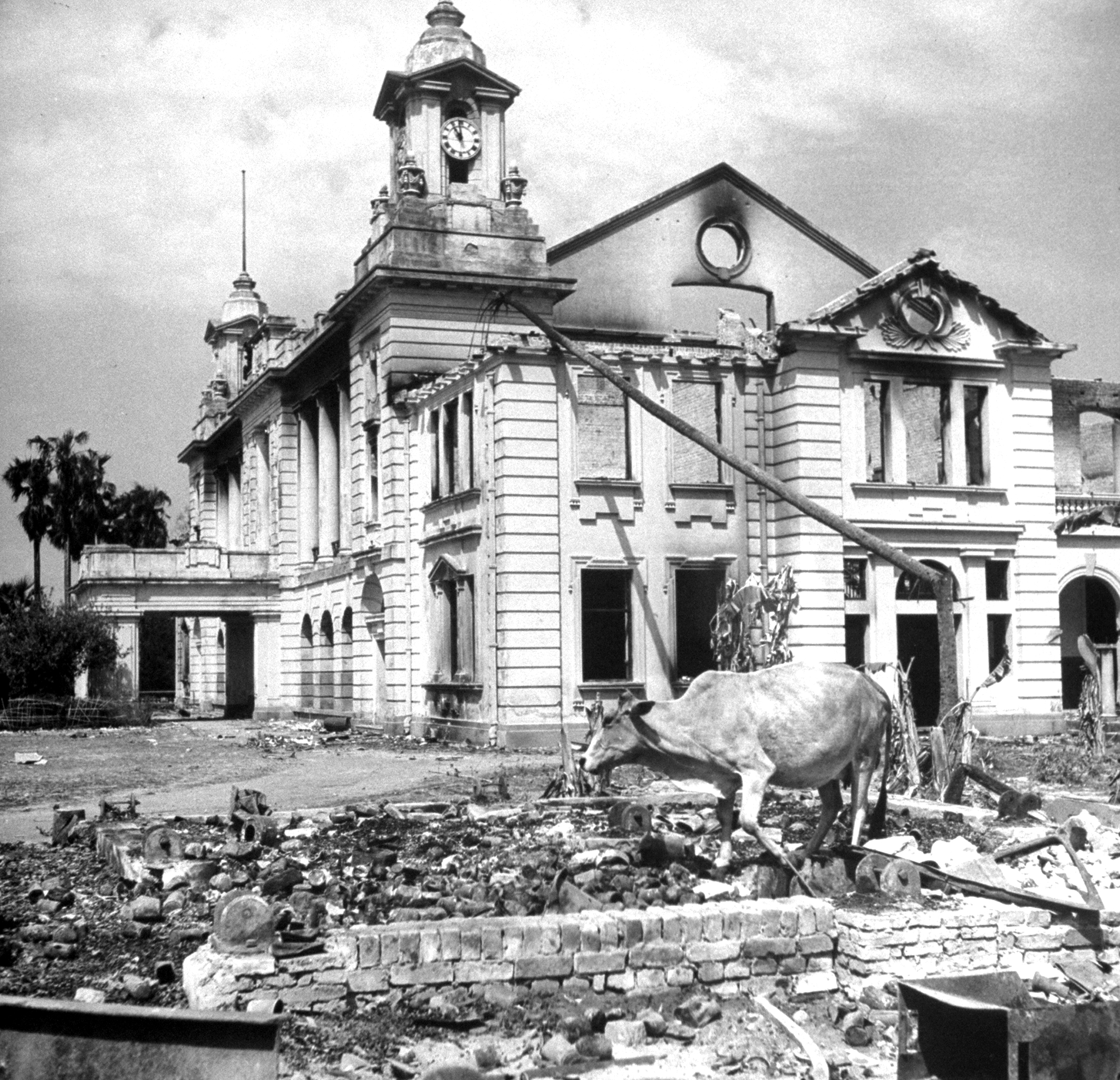

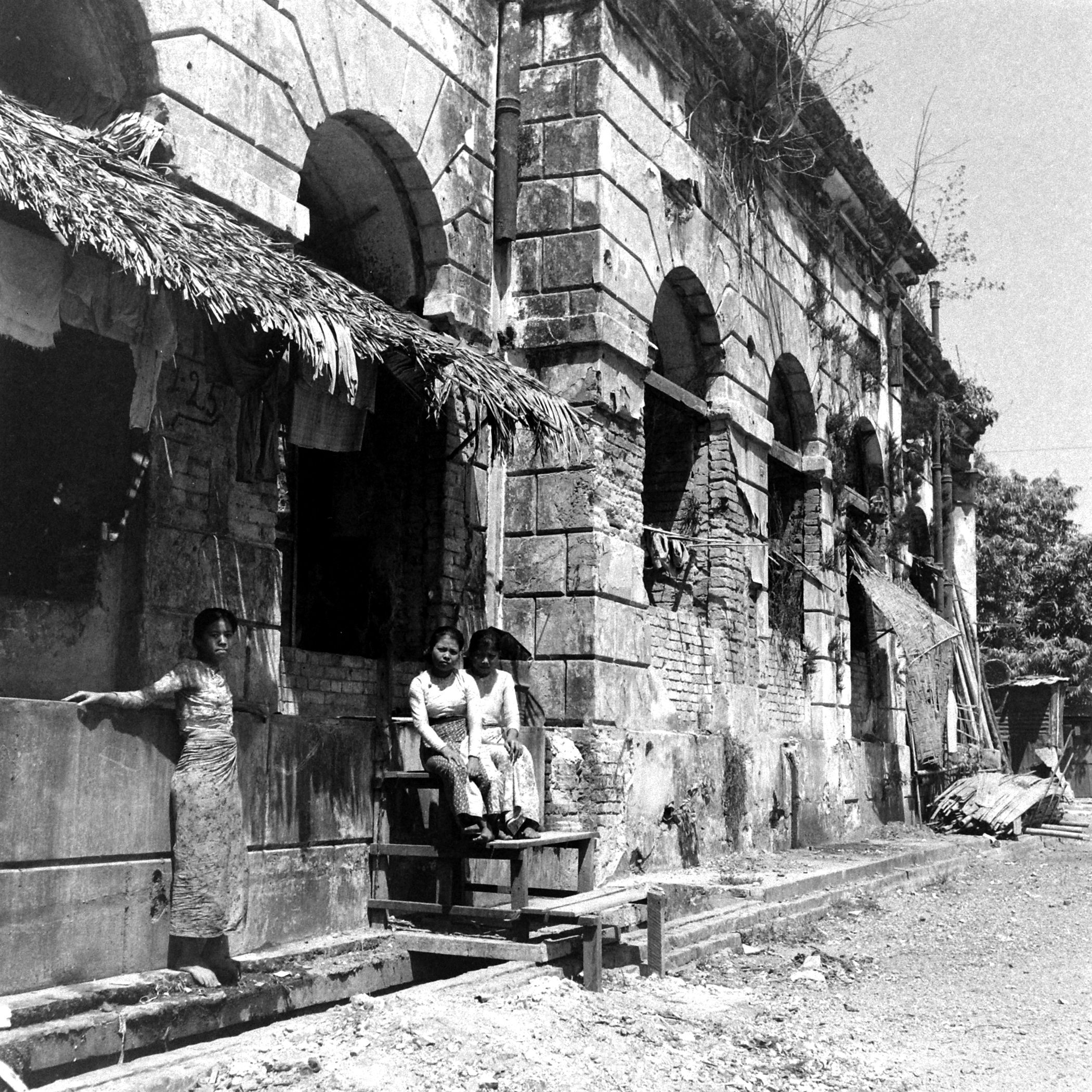
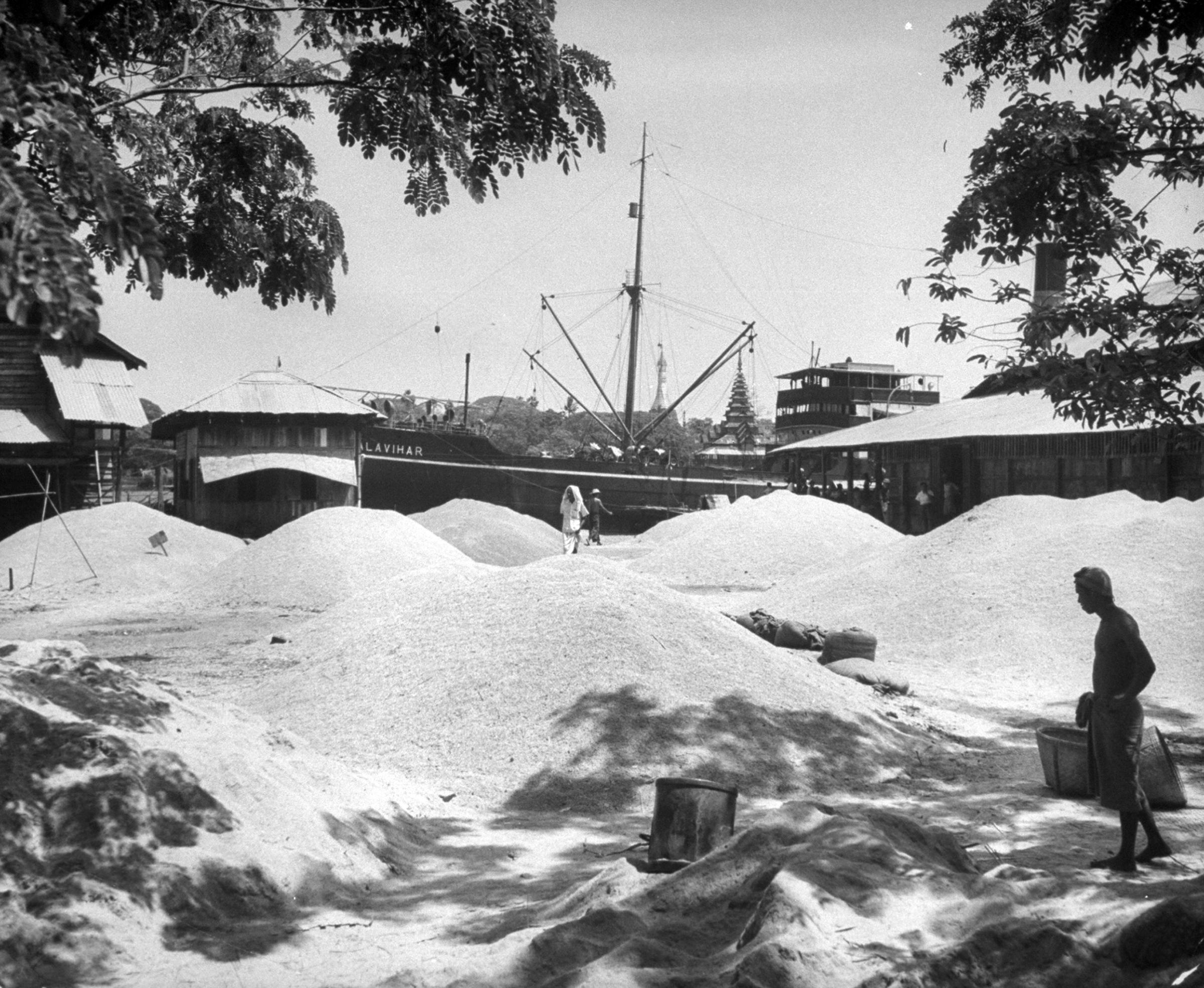



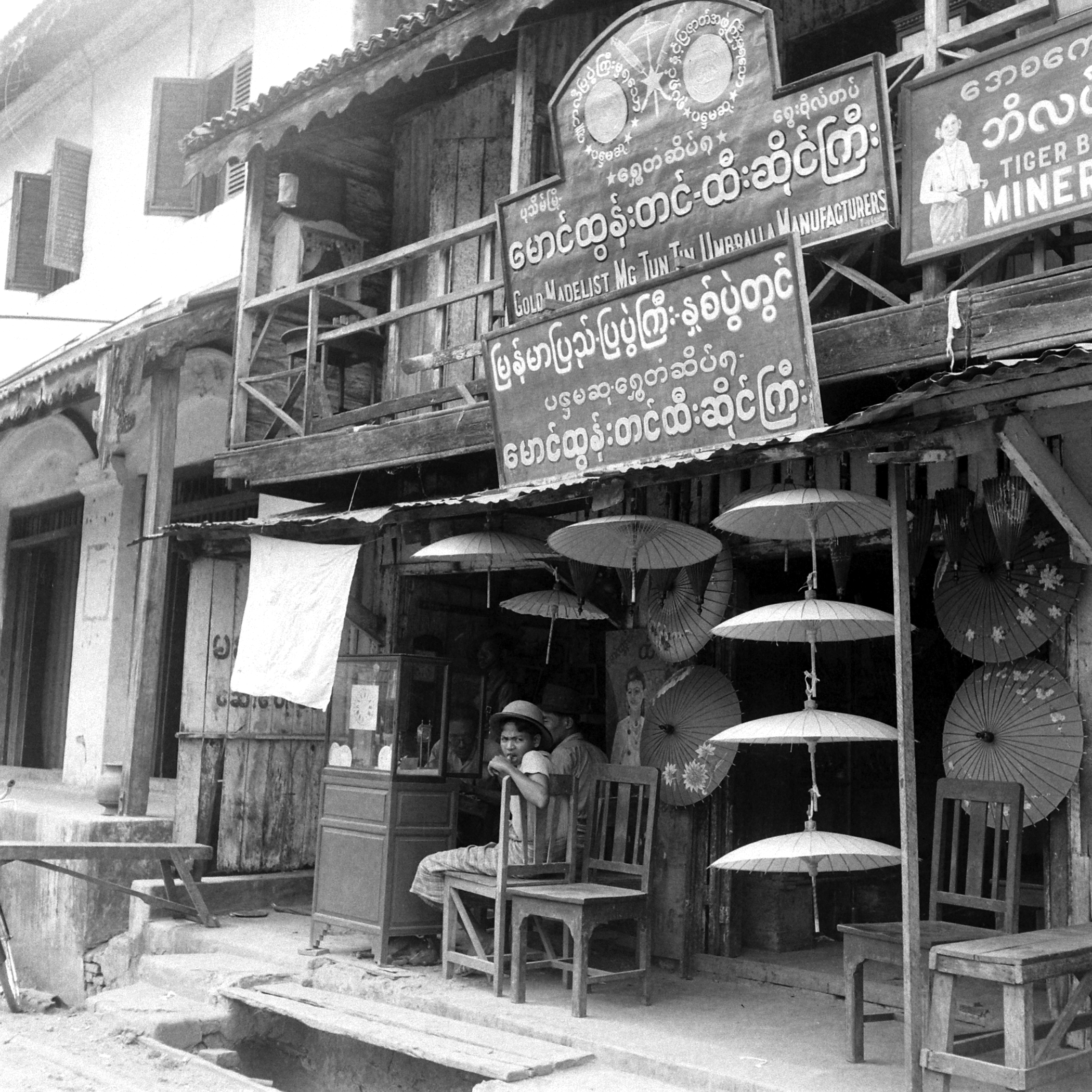


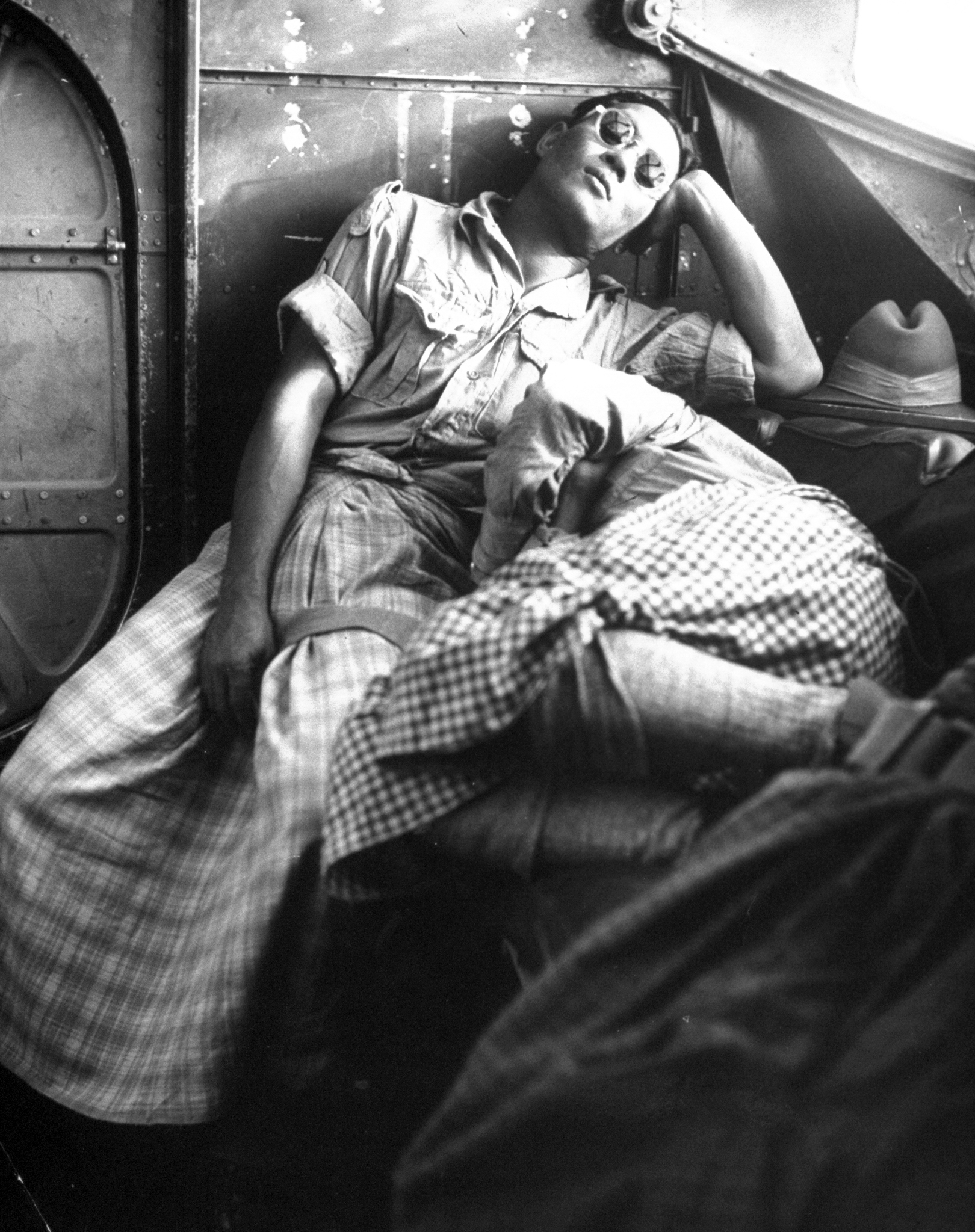

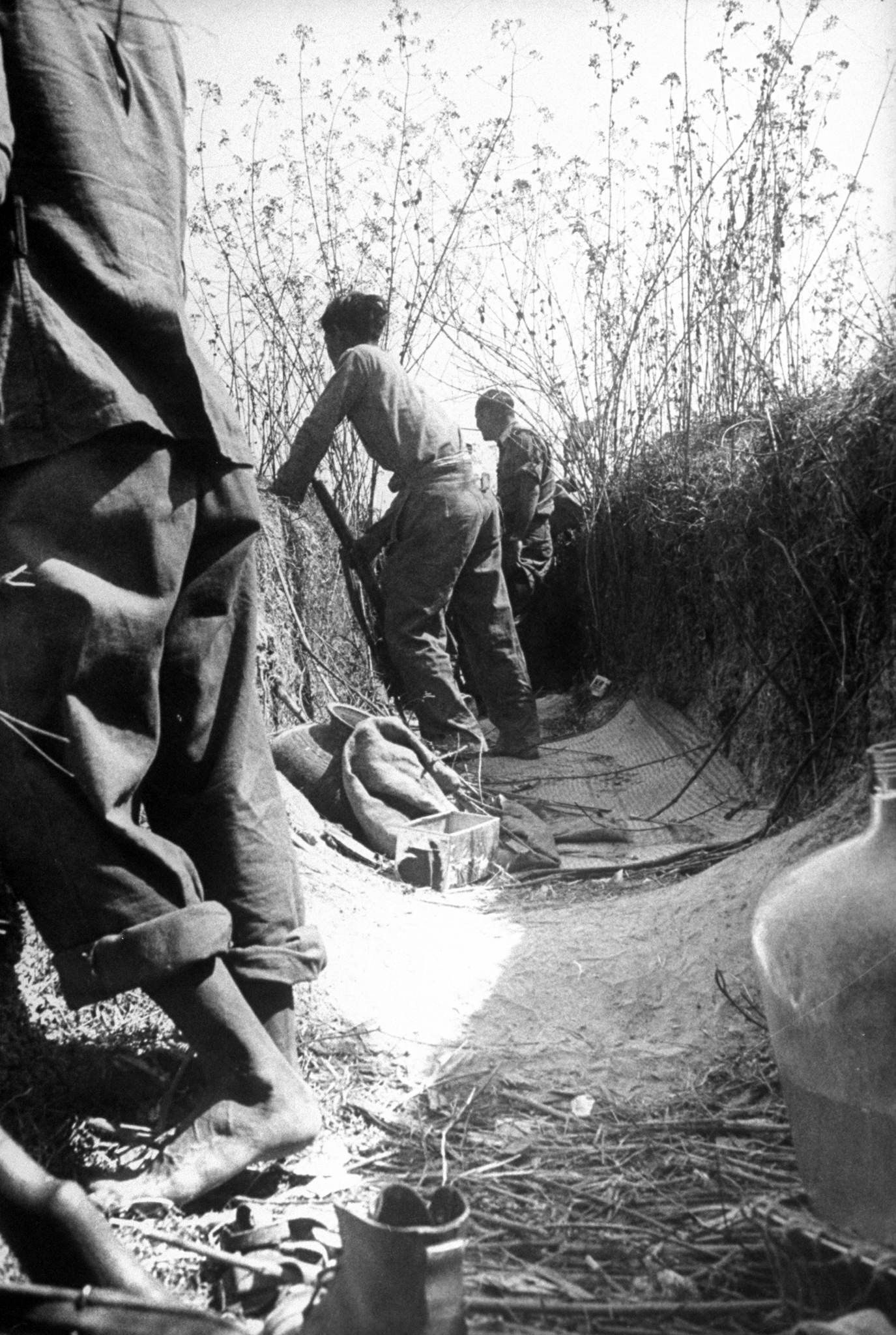



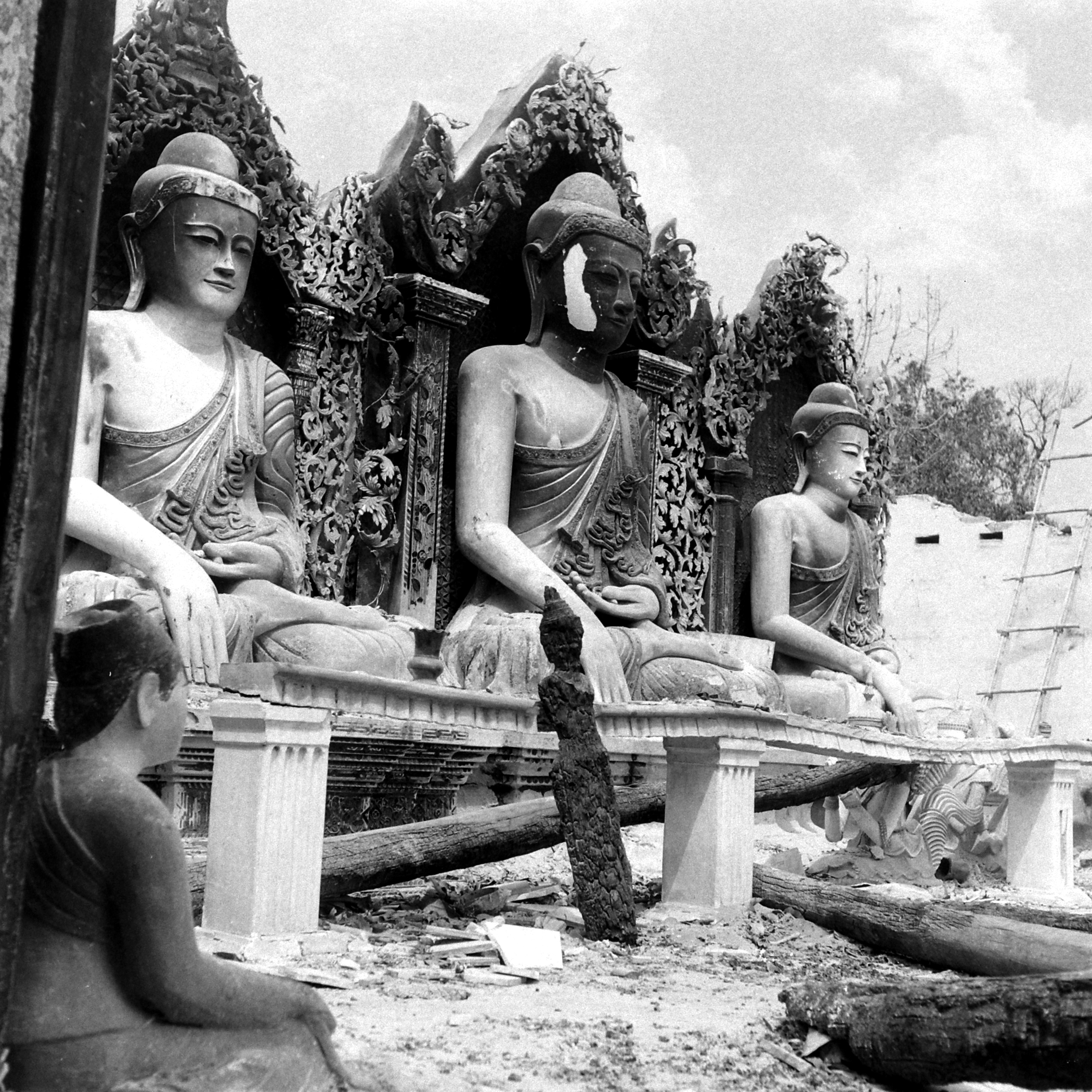

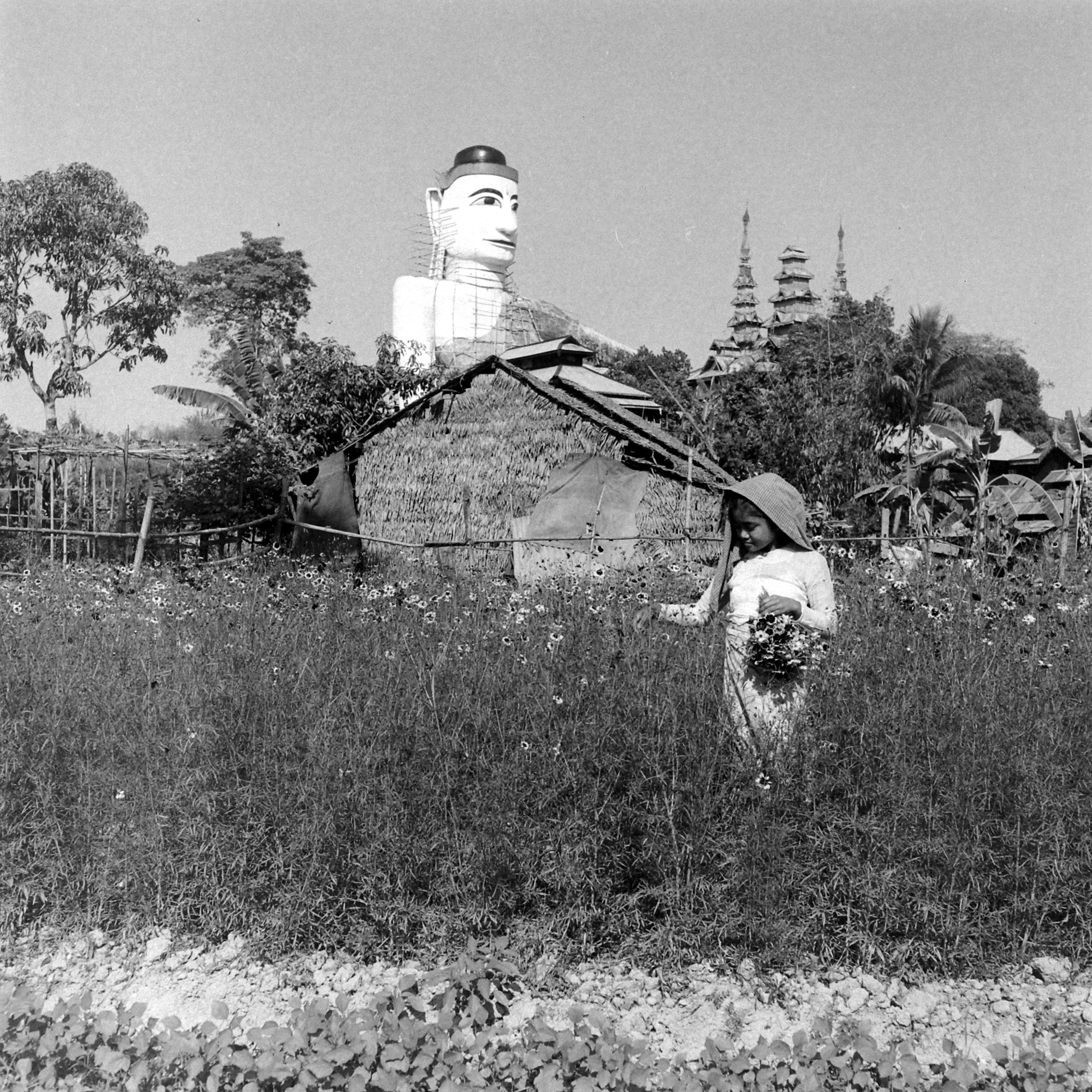
More Must-Reads from TIME
- Donald Trump Is TIME's 2024 Person of the Year
- Why We Chose Trump as Person of the Year
- Is Intermittent Fasting Good or Bad for You?
- The 100 Must-Read Books of 2024
- The 20 Best Christmas TV Episodes
- Column: If Optimism Feels Ridiculous Now, Try Hope
- The Future of Climate Action Is Trade Policy
- Merle Bombardieri Is Helping People Make the Baby Decision
Write to Lily Rothman at lily.rothman@time.com